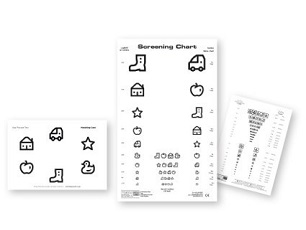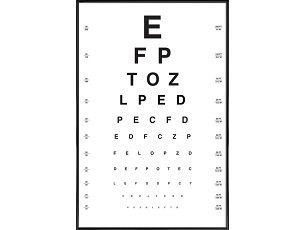The Vision Support Service (VSS) may conduct a functional vision assessment to determine the student’s functional vision. This comprises a comprehensive collection of tests.
These tests cover both near and distance vision and may also look at peripheral and colour vision.
A functional vision assessment is not a clinical examination, we do not use drops. We test students in a familiar environment, either at school or home. We explain the results in simple terms to the child or young person, teachers and parents.
The results of the test will help the advisory teacher:
- determine the level of need
- make recommendations on any accommodations required
- determine the best reading medium, Braille or large print.
Examination access arrangements
A qualified teacher of the vision impaired (QTVI) can advise on any required exam modification based on typical working recommendations the student uses. This can include:
- modified large print
- braille or electronic
- extra time
- rest breaks
- use of reader and scribe
Learning media assessment
We can create a framework to find the most appropriate literacy media, either large print, braille, auditory or a combination of the two to meet the students’ needs.
Assistive technology assessment
This assessment is used to determine the best form of assistive technology to remove barriers to learning. This could include using the accessibility features built into operating systems.
Cortical or Cerebral Vision Impairment (CVI)
A diagnosis of CVI is difficult to make. It may be identified where a child or young person has poor or no vision response and they do not present as having an ocular eye condition. The child’s eye movements are often normal. The VSS uses a wide range of assessment tools and observations to determine level of need.
Read more on The CVI Society website.
Mobility and habilitation assessments
These assessments determine if the child or young person will require cane training or support with learning routes such as from home to school or using public transport. They also identify any gaps in independent living skills such as:
- money
- food preparation and eating
- dressing
- social skills
Read more about habilitation and mobility
Environmental audits
Environmental audits examine the school or setting to identify any areas which might be potentially challenging for a child or young person with a vision impairment to navigate. Environments may present a health and safety risk such as:
- dark cluttered corridors
- unmarked pillars
- stairs or changes in levels not clearly marked
Assessments for early years
These assessments are often presented as checklists and identify any gaps in early learning and developmental goals. This helps us determine the best individualised programme of support.


